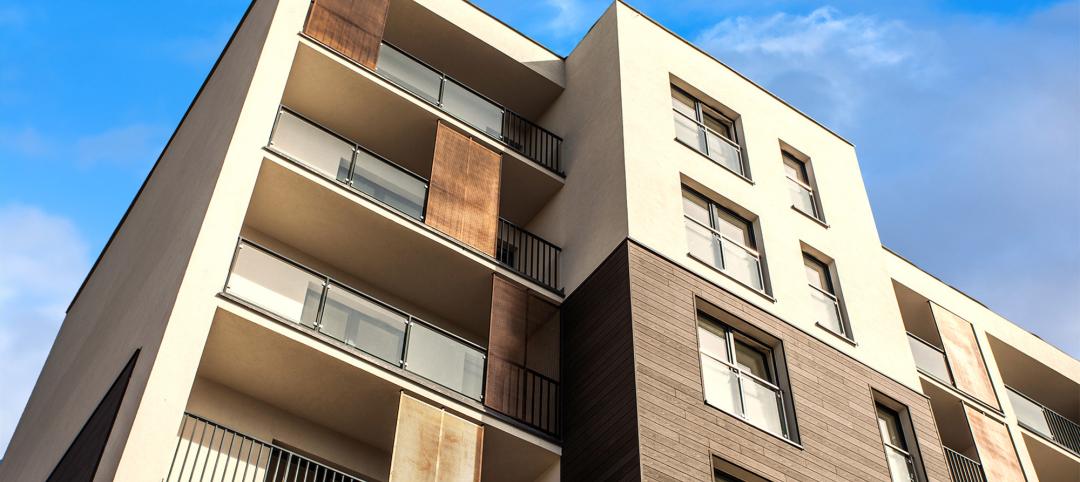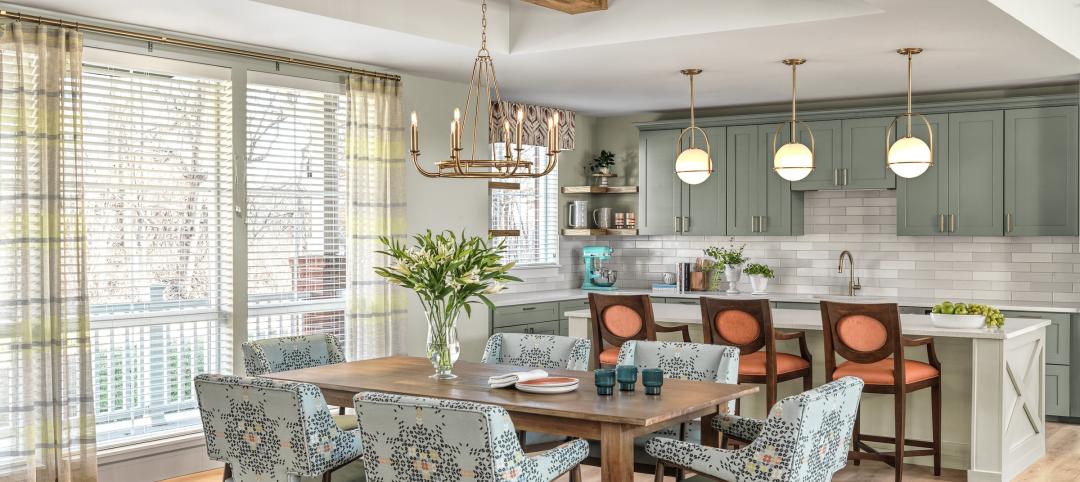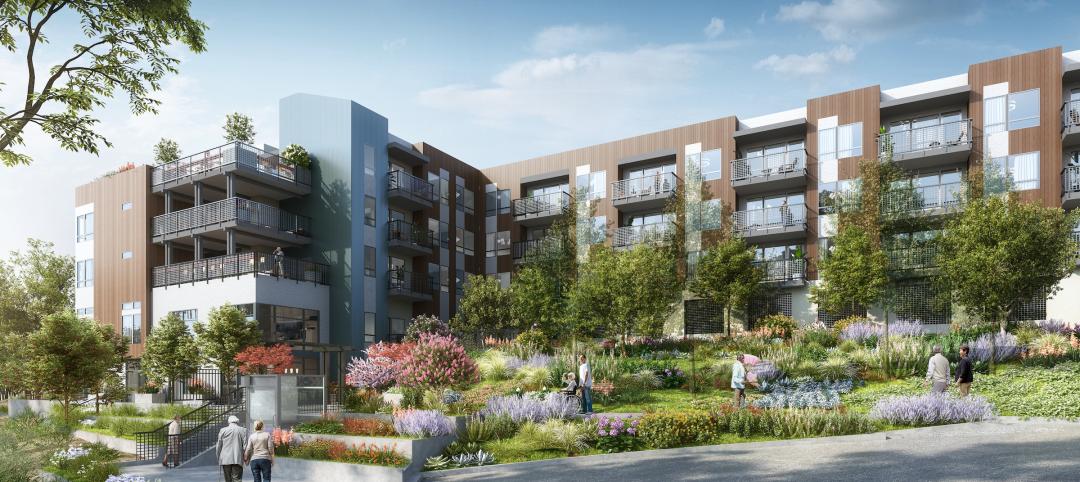The San Francisco Department of Building Inspection announced a series of new building code guidelines clarifying adaptive reuse code provisions and exceptions for converting office-to-residential buildings. Developed in response to the Commercial to Residential Adaptive Reuse program established in July 2023, the guidelines aim to increase the viability of converting underutilized office buildings into housing by reducing regulatory barriers in specific zoning districts downtown.
This effort is one component of the Mayor's recently announced 30x30 Plan to convert at least 5 million square feet of office space to approximately 5,000 units of housing by 2030. It also falls under the umbrella of the Roadmap to San Francisco Future – a comprehensive plan to reinvigorate downtown in response to the COVID pandemic. The new guidelines, detailed in Information Sheet G-29 and summarized in a resource sheet, clarify and, in some cases, reduce adaptive reuse building code provisions related to building envelope, exterior walls and openings, means of egress, ventilation, lighting, unit size, earthquake safety, and accessibility.
“There are many buildings that may benefit from these adaptive reuse guidelines,” said Department of Building Inspection Director Patrick O’Riordan. “The important thing is that we find ways to help developers convert these older office buildings without sacrificing residential safety requirements. These guidelines strike just the right balance and should add more certainty to the design and review processes.”
The Department of Building Inspection collaborated with the San Francisco Fire Department, San Francisco Planning Department, the Mayor’s Office of Economic and Workforce Development, and various community partners. An Office-to-Residential Task Force was established that included eleven experts from the fields of architecture, engineering, fire protection, building codes, historic preservation and real estate development, to better understand the economic roadblocks. Over the course of a year, these experts donated their time to attend dozens of meetings with these city agencies to develop the guidelines.
"By working together, we hope to unlock the ability to create more housing and re-energize San Francisco's downtown," said Skidmore, Owings & Merrill (SOM) Architect Lisa Follman, an American Institute of Architects (AIA) member who led the task force. “By establishing clear guidance, we hope to enable architects, engineers, and developers to find innovative design solutions to unlock the potential of these historic buildings.”
Clarifications of note include:
- Earthquake safety: provides multiple paths for review and approval based on building-specific considerations on a case-by-case basis.
- Exterior wall openings: creates a pathway for approval of more exterior wall openings (such as doors and windows) than allowed by the existing code if the proper design equivalencies are in place.
- Direct light: the new guidelines offer indirect light (such as natural light from one room illuminating an adjacent room through an interior window), sky lights or light courts as alternatives when direct light isn’t feasible in all habitable rooms.
- Elevator upgrades: the document codifies that existing low-rise buildings do not need to upgrade their elevators to meet the current code requirements for gurney size, hoistway construction, or Firefighters Emergency Operation–an upgrade that has been a substantial barrier to adaptive reuse of this building type.
Previously, developers were unable to accurately predict or calculate the upgrades needed to adapt a building for residential uses, dissuading the conversions from happening all together. In addition to offering a clearer picture of what is needed up-front, the new guidelines are expected to lower design and construction costs while reducing construction permitting times for downtown commercial-to-residential conversions. This effort builds on the progress San Francisco has already made to speed up housing-related building permit review and issuance times. In 2024 to date, housing-related In-House Review permits (featuring the more detailed plans, calculations and review needed for large or complex projects) are being issued a median of 165 days faster (35%) compared to 2022.
"Having converted a 400-foot office tower into 418 apartments at 100 Van Ness, we appreciate the critical importance of clear and timely code interpretations from DBI and the Fire Department when considering undertaking a conversion project," said Emerald Fund President Marc Babsin. "These new building code guidelines for conversions will be an invaluable tool for developers and will help to expedite the process of creating housing and activation downtown."
The Commercial to Residential Adaptive Reuse Task Group included Skidmore, Owings and Merrill (SOM); Emerald Fund; Page & Turnbull; Meyers+ Engineers; Tipping Structural Engineers; SDG, LLC; the Preview Group; and Simpson, Gumpertz & Heger (SGH) – in collaboration with American Institute of Architects San Francisco (AIASF); Structural Engineers Association of Northern California (SEAoNC); San Francisco Bay Area Planning and Urban Research Association (SPUR); and the San Francisco Chamber of Commerce.
Related Stories
Affordable Housing | Jan 18, 2024
Habitat tops off second apartment building at 43 Green
The co-developers of 43 Green celebrate the latest milestone for the $100 million, mixed-income, mixed-use project in Bronzeville: topping off Phase 2 while reaching full lease-up of the Phase 1 apartment building.
Adaptive Reuse | Jan 12, 2024
Office-to-residential conversions put pressure on curbside management and parking
With many office and commercial buildings being converted to residential use, two important issues—curbside management and parking—are sometimes not given their due attention. Cities need to assess how vehicle storage, bike and bus lanes, and drop-off zones in front of buildings may need to change because of office-to-residential conversions.
MFPRO+ News | Jan 12, 2024
Detroit may tax land more than buildings to spur development of vacant sites
The City of Detroit is considering a revamp of how it taxes property to encourage development of more vacant lots. The land-value tax has rarely been tried in the U.S., but versions of it have been adopted in many other countries.
MFPRO+ News | Jan 12, 2024
As demand rises for EV chargers at multifamily housing properties, options and incentives multiply
As electric vehicle sales continue to increase, more renters are looking for apartments that offer charging options.
Student Housing | Jan 12, 2024
UC Berkeley uses shipping containers to block protestors of student housing project
The University of California at Berkeley took the drastic step of erecting a wall of shipping containers to keep protestors out of a site of a planned student housing complex. The $312 million project would provide badly needed housing at the site of People’s Park.
Sustainability | Jan 10, 2024
New passive house partnership allows lower cost financing for developers
The new partnership between PACE Equity and Phius allows commercial passive house projects to be automatically eligible for CIRRUS Low Carbon financing.
Apartments | Jan 9, 2024
Apartment developer survey indicates dramatic decrease in starts this year
Over 56 developers, operators, and investors across the country were surveyed in John Burns Research and Consulting's recently-launched Apartment Developer and Investor Survey.
Giants 400 | Jan 8, 2024
Top 60 Senior Living Facility Construction Firms for 2023
Whiting-Turner, Ryan Companies US, Weis Builders, Suffolk Construction, and W.E. O'Neil Construction top BD+C's ranking of the nation's largest senior living facility general contractors and construction management (CM) firms for 2023, as reported in the 2023 Giants 400 Report.
Giants 400 | Jan 8, 2024
Top 40 Senior Living Facility Engineering Firms for 2023
Kimley-Horn, Olsson, Tetra Tech, EXP, and IMEG head BD+C's ranking of the nation's largest senior living facility engineering and engineering/architecture (EA) firms for 2023, as reported in the 2023 Giants 400 Report.
Giants 400 | Jan 8, 2024
Top 80 Senior Living Facility Architecture Firms for 2023
Perkins Eastman, Hord Coplan Macht, Lantz-Boggio Architects, Ryan Companies US, and Moseley Architects top BD+C's ranking of the nation's largest senior living facility architecture and architecture engineering (AE) firms for 2023, as reported in the 2023 Giants 400 Report.


















